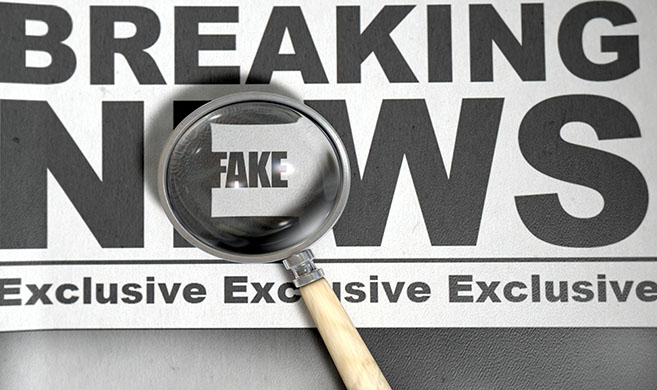A video going viral on social media about a specific brand of product talking about serious problems with the safety aspect of its manufacturing process; an image of a food product claiming the use of poor quality ingredients; a photo of an edible product brand claiming to contain materials that are socially unacceptable and hurting religious sentiments; visuals of a foreign company trying to make an entry into newer markets through unethical practices and many such incidents, are rampantly visible in our daily interactions.
Most of us have encountered above said situations time and again during our lives as consumers, and we continue to experience even today. However, what’s been the common factor in all these situations is the fake nature of such pieces of communications, which often ended up being perceived as news items. Ironically, none of them are based upon credible information and almost all such materials in circulation are in abundance of misinformation.
It takes a toll on everything that the brand communicators have been toiling for in order to ensure that their brands get the best visibility, their brands’ key messages are conveyed, their brands’ loyalty increases and their brands’ share in the audience grows. Not only, it spreads wrong information, but it also impacts heavily on the cost of marketing communication campaigns for any brand. Moreover, many times companies may need to undertake extensive communications programmes to correct the image of their brands facing such situations.
Damage done by such misinformation doesn’t remain at the level of marketing communications and related expenses but cuts deep into the top-line and the bottom-line of any company. Perception and profits both are affected severely from the misinformation and fake news about any company and its products and services. Brand interactions can be influenced by the prevalent misinformation in the audience universe to such a great extent that it can significantly alter the buying behaviour of consumers. Forget purchasing the products or services, even intention to experience or purchase, sharing word-of-mouth, or store visits, can be deferred or avoided, by the existing and potential consumers due to misinformation present in various channels of communications.
While preventing the brand from the ill-effects of misinformation or fake news can be a challenging and uphill task for the brand communicators, they must dedicate some of their time proactively towards this activity. When the news spreads like a wildfire and in today’s hyper-connected world it reaches in seconds and not minutes across the world. It has the potential to trigger a faster change in behaviour among the audience if it is of great concern. Any virality of fakes news directly impacts the brands and responses to their communication campaigns in a rapid manner.
Brand communicators can however prevent the negative impact of such viral elements and turn the crisis into opportunities for further communication development and brand image enhancement. If the brand communicators focus on what’s happening outside their silos, engage in 3rd party conversations, create excellent feedback channels, execute some research campaigns to understand and assess their ongoing campaigns, they will be in a situation to figure out anomalies existing or developing outside among their audiences.
A regular dive into such observations and further data analysis will pro-actively allow them to know and understand the real problems associated with misinformation around their brands. The use of data, latest technologies, and tools allow the communication campaign managers to understand such situations better and in a timely fashion.
Enhanced social listening can be one way to get a grip on fake news items being circulated in social media apart from regularly posting content that is aimed to bust the non-factuality on brands’ social media handles.
Social media handles of brands having answers, factual presentations, myth-busters, and corrected information establishes two-way communication between the brands and their audiences, resulting in an increase in engagement and conversations around these issues. Something that could go a long way in not only enhancing the brand image but also increasing the business revenues!
The views and opinions published here belong to the author and do not necessarily reflect the views and opinions of the publisher.



Be the first to comment on "Impact of misinformation and fake news on brand communications"